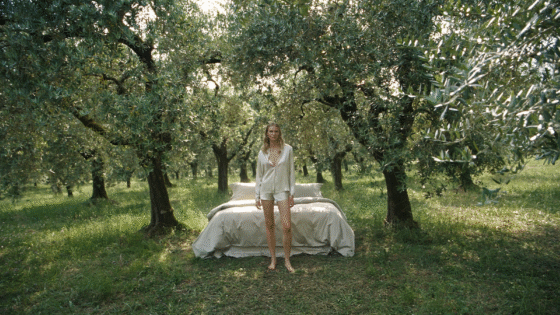To conclude our month putting fabrics and soft furnishings under the spotlight, we hear from The Lindhurst Group about anti-microbial fabrics in the post-pandemic climate…
The ramifications of Covid 19 may well be with us for months if not years. There is a new way to meet, greet, socialise and travel with procedures, processes and protocols being applied to enable the hospitality sector to re-open and to give confidence to the customer.

As we get to understand the dynamics of Covid the rules, regulations and guidance are likely to change adding further cost and complexity.
There is a lot of discussion and debate advising the use of wipe clean upholstery fabrics, faux leathers, and the Anti-microbial materials to combat the virus but is this the correct route to follow?
Anti-microbials are designed to be effective against bacteria, mould and mildew whereas Covid 19 is a virus. Whilst there appears to be a degree of viricidal activity with the use of anti-microbials, these tests are being carried out using the feline strain as specific tests are not available using Covid 19. We are also learning that there are at least 6 strains of Covid 19 in circulation in the community and it is likely that further mutations will occur over time.
Is the promotion of the use of anti-microbials as an effective mechanism against Covid 19 the right thing to do? As the results from the tests are not giving 100 per cent success against Covid and they are not being carried out using Covid 19, are Operators being given a false sense of security and could this lead to complacency during cleaning and disinfection procedures?
Anti-microbials may well play a part and be helpful in the combat of Covid 19 on major and frequent “touch points” but the cleaning and disinfection of surfaces should play a greater part in combating this disease. The World Health Organisations recommends cleaning regimes that use alcohol based disinfectants but what effect can regular cleaning using these products have on faux leathers? It is well documented that regular use of alcohol based cleaners can react with plasticisers in the faux leather causing them to dry out and crack over a relatively short space of time. This could lead to a greater risk of infection as liquids will be able to penetrate through the cracks and into the seat creating a need to replace the seat prematurely.
“Sileather is uniquely placed to be able to withstand cleaners containing up to 95 per cent ethyl alcohol or 90 per cent Isopropyl alcohol.”
It is, therefore, crucial to understand the construction and stability of a faux leather when specifying for a particular project. Sileather is uniquely placed to be able to withstand cleaners containing up to 95 per cent ethyl alcohol or 90 per cent Isopropyl alcohol.
Whilst it is crucial to restore confidence to the consumer and to get the industry up and running, it is equally important that the environmental impacts are considered. The increase in specification of faux leather derived from petrochemicals with added Flame Retardants and other chemicals should be avoided. Sileather provides that Eco-friendly option being made from Silicone* without any added chemicals and can be recycled upon replacement.
This brief introductory video covers the key features of Sileather
Siotech, the manufacturers, takes a long term approach when creating Sileather and wants to be environmentally friendly.

Image caption: Sileather used in modern cushions | Image credit: The Lindhurst Group
Sileather is coated by 100 per cent silicone, a unique, non-plastic, non-petroleum based material admired for its sustainability qualities – in its raw form it is one of the most common elements found in nature, quartz sand. Not only is it less intrusive on the environment, but the production of it is less taxing on natural resources, for examples:
- The cooling water used in production is recycled to avoid sewage discharge.
- The waste rubber and paper produced by the production of products are recovered and recycled by professional companies.
- The product is solvent-free, ultra low Vocs.
Sileather surpasses environmental standards, so you can breathe comfortably knowing that you are using a fabric that’s safe for you, safer for the environment in addition to being 100% cruelty-free
*Silicone: The high-tech material silicone is known from medical technology and the food industry and offers innovative applications in furniture covering. Silicon, the starting material for silicone, is the second most common element in the earth’s crust. Without additional equipment and additives, the material is flame retardant, stain resistant, antibacterial and alcohol resistant. The hypoallergenic material can then also be used outdoors due to its high UV resistance. It withstands strong temperature fluctuations and is still food safe and non-toxic.
The Lindhurst Group is one of the brands that has taken advantage of our Industry Support Package. To keep up to date with supplier news, click here. And, if you are interested in also benefitting from this three-month editorial package, please email Katy Phillips by clicking here.
Main image credit: The Lindhurst Group




